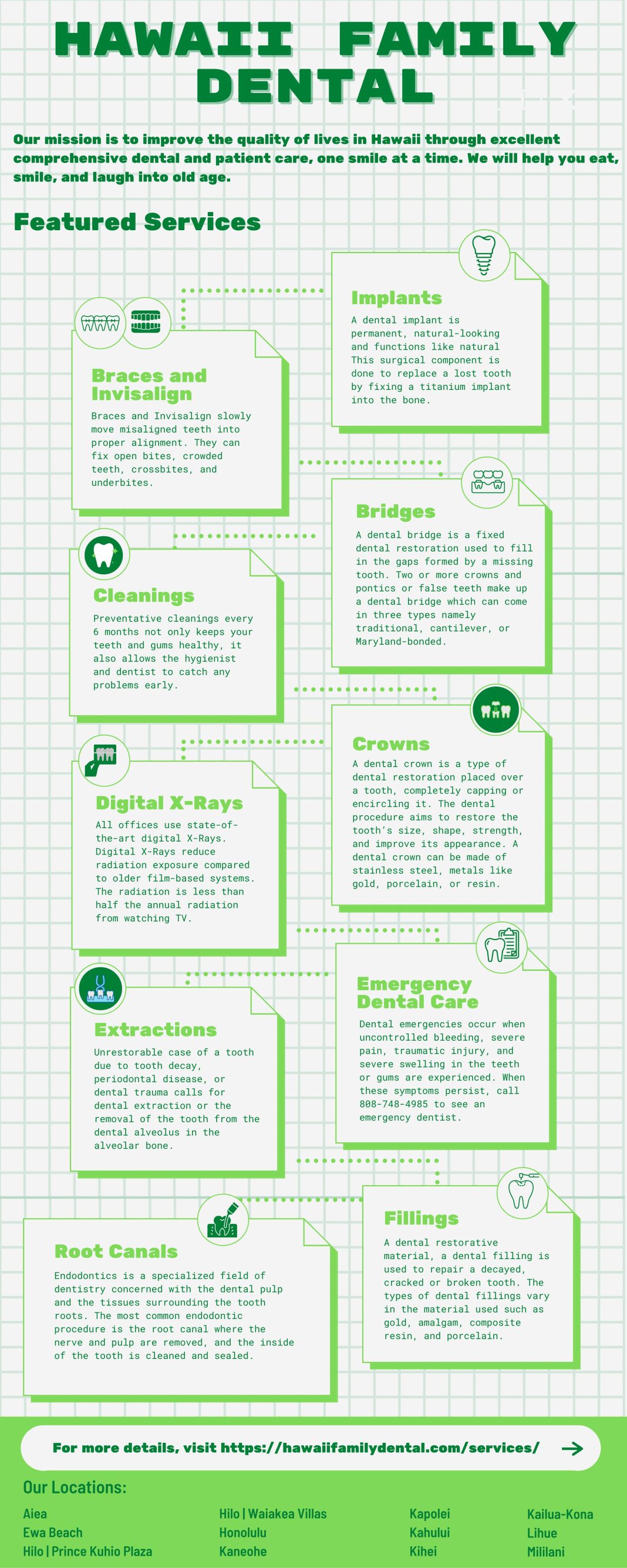In the intricate dance of life, where uncertainties loom at every corner, insurance serves as both a safety net and a strategic partner. Yet, navigating the world of insurance can feel like walking a tightrope, where the challenge lies in maintaining equilibrium between comprehensive coverage and financial prudence. Welcome to a realm where peace of mind meets fiscal savvy—a place where you can master the art of balancing coverage and cost in your insurance plan. This guide will equip you with the insights and strategies needed to tailor an insurance plan that shields you from life’s unpredictabilities without breaking the bank. Embrace the confidence of being well-prepared, as we delve into the nuances of crafting a plan that truly works for you.
Navigating the Fine Line Between Comprehensive Protection and Budget Constraints
Finding the perfect insurance plan often feels like a balancing act on a tightrope, where one misstep can lead to unforeseen expenses or inadequate coverage. The key is to strategically assess your priorities and understand the nuances of different insurance options. Begin by identifying the essentials: the aspects of your life or business that absolutely require protection. These could range from health coverage to property insurance, depending on your individual needs. By prioritizing these essentials, you can allocate a significant portion of your budget to ensure robust coverage where it matters most.
Consider these strategies to maintain balance without compromising on security:
- Bundle policies: Many insurers offer discounts when you purchase multiple policies, such as combining auto and home insurance.
- Adjust deductibles: Opting for a higher deductible can lower your premium, but ensure you have enough savings to cover it in case of a claim.
- Review regularly: As your circumstances change, so too should your insurance. Regular reviews can help you adapt your coverage and cost to your current situation.
By employing these tactics, you can skillfully navigate the path between comprehensive protection and budget constraints, ensuring peace of mind without breaking the bank.
Decoding Policy Jargon to Identify Essential Coverage Options
In the labyrinth of insurance policy language, it’s easy to feel overwhelmed by the complexity and ambiguity of terms that seem intentionally confusing. Yet, understanding this jargon is crucial to distinguishing the coverage you truly need from the frills you can do without. Key terms like “deductible,” “premium,” and “out-of-pocket maximum” are not just industry buzzwords; they are the building blocks of your policy. A solid grasp of these terms allows you to evaluate plans critically and make informed decisions. For instance, a lower premium might seem attractive, but understanding the trade-offs in terms of higher deductibles or limited network choices can prevent costly surprises down the line.
To cut through the noise, focus on essential coverage options that align with your lifestyle and health needs. Here are some crucial elements to consider:
- Emergency Services: Ensure your plan covers emergency room visits and ambulance services.
- Preventive Care: Look for plans that offer annual check-ups and screenings without additional costs.
- Prescription Drugs: Verify if your medications are included in the formulary and what the co-payments might be.
- Network Providers: Check if your preferred doctors and hospitals are within the plan’s network.
By demystifying these elements, you can tailor your insurance plan to achieve a harmonious balance between coverage and cost, ensuring peace of mind without breaking the bank.

Smart Strategies for Customizing Your Insurance Plan Without Breaking the Bank
Customizing your insurance plan can be a savvy way to ensure you’re covered without emptying your wallet. Start by assessing your specific needs and identifying areas where you can tailor coverage. Consider these smart strategies:
- Bundle Policies: Combining different types of insurance, like auto and home, can often lead to discounts.
- Increase Deductibles: Opting for a higher deductible can significantly reduce your premium costs, but ensure you have enough savings to cover the deductible in case of a claim.
- Evaluate Coverage Needs: Regularly review your policy to eliminate unnecessary coverage, focusing on what’s most critical to your lifestyle.
- Take Advantage of Discounts: Look for discounts related to your profession, memberships, or even installing security systems in your home.
Remember, the key is to maintain a balance between affordability and adequate protection. By being proactive and informed, you can craft a personalized plan that suits your financial situation without sacrificing essential coverage.

Leveraging Discounts and Bundling Opportunities for Maximum Savings
Unlock the potential for significant savings on your insurance plan by exploring discounts and bundling options. Many insurance providers offer attractive discounts for a variety of reasons, such as being a loyal customer, maintaining a good driving record, or even achieving certain milestones like graduating from college. Be sure to inquire about any available discounts when reviewing your policy options. Bundling multiple insurance policies with the same provider can also lead to substantial cost reductions. For instance, combining your home and auto insurance often results in a multi-policy discount that reduces premiums across the board.
- Ask about loyalty discounts – Staying with the same insurer over time can lead to reduced rates.
- Inquire about safe driver incentives – A clean driving record can translate into lower auto insurance costs.
- Explore multi-policy discounts – Bundling home, auto, or even life insurance policies can provide significant savings.
- Consider group insurance plans – Membership in certain organizations or employment with specific companies might grant access to discounted group rates.
By strategically leveraging these discounts and bundling opportunities, you can enjoy comprehensive coverage without breaking the bank. This approach not only maximizes savings but also simplifies your insurance management by consolidating your policies under one provider.

